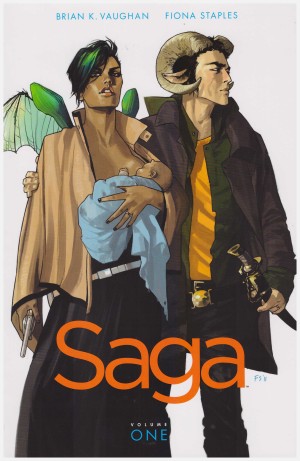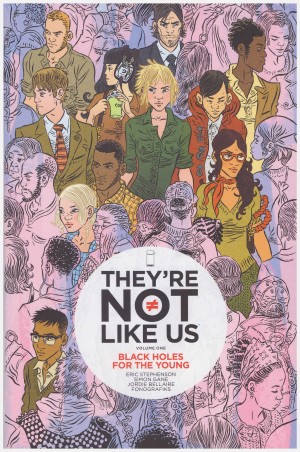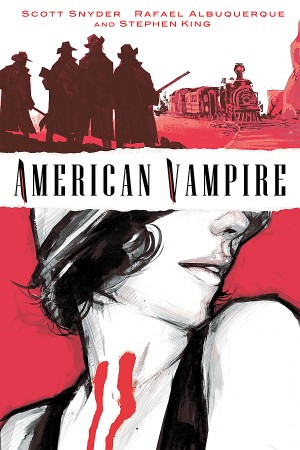Review by Ian Keogh
As in the previous two graphic novels, Nick Spencer and Joe Eisma spotlight a particular student within each chapter of their ongoing school horror soap opera. Given their lack of progress to date in providing much in the way of explanation of Morning Glory Academy’s true purpose it might be assumed that this is yet again treading water, but that’s not the case. There’s some very clever writing in the opening chapters.
The cast has become more fragmented over time, and Spencer draws parallels, outlining the principles of Quantum Theory, which can be applied to a number of occurrences in previous books. This is via an effective chapter also featuring the cast members attempting to pass on information via a secret newspaper, with Spencer making good use of a previously introduced phenomenon.
If there’s one cast member who’s been more central to events than any other it’s been Casey, and Spencer’s again excellent in playing with deceit. Casey has been fundamental to what’s occurred, yet her iteration at MGA is unaware of what she’s done. She’s invested some trust, but we’ve already seen the recipient is not necessarily a person to be trusted, and a very clever piece of writing hints at manipulation for ulterior purposes. That comes to fruition in the final chapter, which features an odd ending to the book.
Unfortunately the remaining content doesn’t match that level. While this is the first book in the series without any depiction of wanton cruelty (although it is mentioned), the small victories to be achieved by the other plots set in motion don’t appear to have any great narrative pull. As we’re still waiting for the follow-up to a shock chapter ending in volume six, but the glacial standards of Morning Glories, this is early days. Of far more interest are the anomalies Spencer drops in about Jade every few chapters of the series. It ensures she’s not going to become the chopped beef likely in this book.
Some rubble in the background of one scene indicates there has been a human presence in the area, addressing what’s been a growing problem with the artwork. Otherwise it’s as you were from Joe Eisma, with great storytelling and static figurework.
The back of the book features an analysis from Matthew Meylikhov who has a regular online column annotating the individual issues of Morning Glories for greater meaning.





